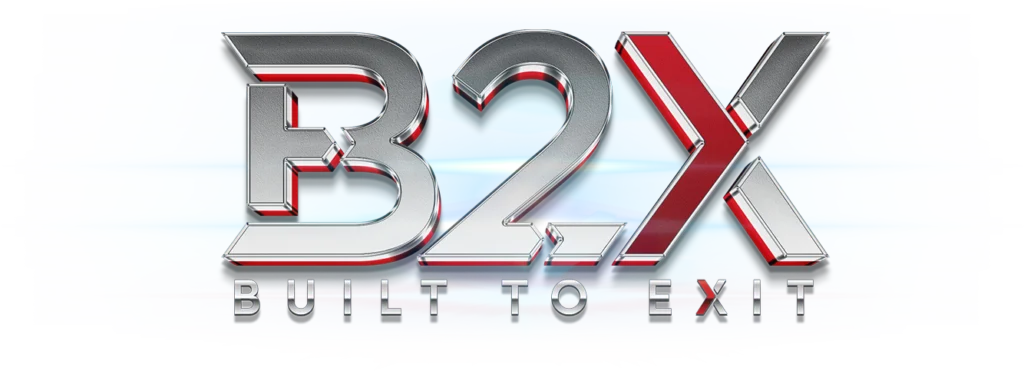You’ve known for weeks this isn’t working out.
But you can’t bring yourself to cut the cord.
After all, you’ve invested so much into this.
You had dreams.
And the thought of starting over scares the crap out of you.
It’s called the “Sunk Cost Fallacy.”
The “Sunk Cost Fallacy” is a cognitive pattern that can prevent you from making optimal choices for the future.
In this blog post, we’ll delve into the concept of the Sunk Cost Fallacy, understand how it affects our decisions, and explore strategies to overcome its grasp.
Understanding the Sunk Cost Fallacy
The Sunk Cost Fallacy refers to the tendency to continue investing resources, such as time, money, or effort, into a project or decision simply because we’ve already invested a significant amount, even if the potential benefits are diminishing or nonexistent.
The crux of the matter lies in our innate aversion to loss. As humans, we often find the emotional weight of loss more burdensome than the difficulty associated with continuing a project or decision that is no longer serving its purpose.
Say, for example, you bought a nonrefundable ticket to a concert. But on the day of the event, you’re feeling sick as a dog.
You decide to go to the concert anyway because you’ve already spent money on the ticket, even though you know you’re not going to enjoy the concert and most likely you’re going to actually feel a lot worse at the end of it than if you hadn’t gone.
That is a classic example of the Sunk Cost Fallacy in action.
Why Do We Fall for It?
The Sunk Cost Fallacy can be attributed to several factors:
- Loss aversion: We are wired to avoid losses more strongly than we’re motivated by gains. When faced with the prospect of “losing” our initial investment, we may struggle to let go, even if it’s in our best interest.
- Cognitive dissonance: We aim to justify our past decisions and investments to maintain a sense of internal consistency. Abandoning a sunk cost could trigger cognitive dissonance, leading us to make decisions that align with our past choices.
- Emotional attachment: The time, effort, or emotional energy we’ve invested in a project can make us feel attached to it, causing us to ignore logical assessments of its current value.
When applied to business, “sunk cost fallacy” refers to the tendency of business leaders to continue investing resources into a project or endeavor based on the resources already expended, regardless of whether the project is still viable or holds potential for profitability.
Example 1: Product Development
Your company invested heavily in the research and development of a certain product. As the project progresses, it becomes evident that market demand is lower than anticipated, and competition is fierce.
Instead of recognizing the changing landscape and pivoting their strategy, many business owners would rather rationalize their decisions based on the resources already invested, wasting more time and resources on a product that is already sunk.
Example 2: Acquisition of Assets
Your business has acquired assets, such as technology or real estate, with the intention of gaining a competitive edge. But the company’s evolving strategy or market conditions change, and these assets no longer serve the purpose they were intended for. Holding onto them because of the resources spent could result in missed opportunities and ongoing costs.
Strategies to Overcome the Sunk Cost Fallacy
In business, as in life, you can’t undo every loss you incur.
But, holding on to the fantasy of something that is no longer there, rather than the reality of what is, only wastes time and effort.
Mitigate your damage by adopting these practices.
- Regular Evaluation: Establish checkpoints throughout a project’s lifecycle to assess its progress, relevance, and potential for success. If the project’s prospects have dimmed, consider reallocating resources to more promising initiatives.
- Objective Analysis: Encourage a culture of open discussion where decisions are based on objective analysis rather than emotional attachment. Evaluate projects based on their current and future potential, not past investments.
- Exit Strategy: Prior to initiating a project, outline clear exit strategies that define conditions under which the project should be abandoned. This sets a rational framework for decision-making.
- Third-Party Assessment: Seek external advice, such as consulting firms or industry experts, to provide an unbiased perspective on the project’s viability and potential.
We’ve all fallen into the Sunk Cost Fallacy at some point in our lives, but awareness and active decision-making can help us escape its grip.
Every moment is an opportunity to reevaluate and choose the path that truly serves your best interests.

